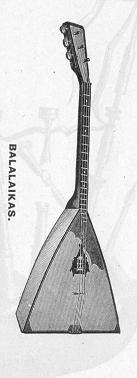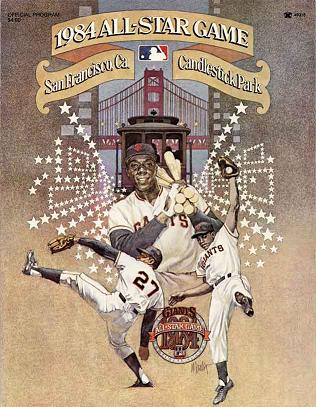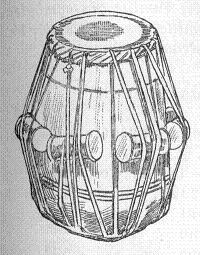The San Francisco Public Library has a large collection of fake books. Because of this we have created an online index to some of our holdings.
Monday, July 30, 2007
The Fake Book Collection and Index
Wednesday, July 11, 2007
Multi-Cultural Music Instruction Books
 The Bay Area is a musical melting pot with a wide range of musicians and styles. At the Library we try to reflect this musical diversity in the instructional material we buy for our musical score collection. Here are some titles for the globe-trotting musician:
The Bay Area is a musical melting pot with a wide range of musicians and styles. At the Library we try to reflect this musical diversity in the instructional material we buy for our musical score collection. Here are some titles for the globe-trotting musician:Balalaika playing technique: scales and exercises,method for all levels compiled by I. Inshakov, A. Gorbachev. The balalaika is a Russian three stringed lute.
An introduction to the gu-zheng by Angela Jui Lee and Mark Gresham. The zheng is a 16 to 21 string zither from

You can teach yourself pan flute by Costel Puscoiu. Sukay workbook and how to make and play the flutes of the Andes, Kena & Zampoña. Both of these works teach the panpipes - the former according to Eastern European tradition and the latter according to South American tradition.
Didgeridoo: ritual origins and playing techniques by Dirk Schellberg. The didjeridu is a blown hollow tube played by the Aborigines of Australia.
Reggae drumming by Peter Epting. Tito Puente's drumming with the Mambo King by Tito Puente and Jim Payne. These books explain drumming techniques in the Jamaican and Cuban popular styles respectively.
Illustrations from Lavignac’s Encyclopédie de la musique et dictionnaire du Conservatoire and the Lyon & Healy Complete musical merchandise catalogue.
Tuesday, July 10, 2007
All-Stars: Baseball by the Bay

In celebration of San Francisco hosting the 78th Annual All-Star Game, the Art, Music and Recreation Center presents a display showcasing the Library’s collection of baseball material with images from books, the San Francisco Historical Photograph Collection, and the Dorothy Starr Sheet Music Collection, with a focus on the all-stars.
Since 1933, the stars of the American and National Leagues have competed against each other in the All-Star Game. With the exception of 1959-1962, when two games were held yearly, and 1945, when no game was played due to wartime restrictions, the game has been an annual event that features the best talent from both leagues. This mid-season exhibition game used to just be for fun and to promote the sport, but since 2003 it has also been used to determine home field advantage for the upcoming World Series.
2007 is the third time the All-Star Game has been played in San Francisco and the first time at AT&T Park: it was held at Candlestick Park in 1961 and 1984. In celebration of San Francisco hosting the 78th Annual All-Star Game, this display showcases the Library’s collection of baseball material with images from books, the San Francisco Historical Photograph Collection and the Dorothy Starr Sheet Music Collection, with a focus on local stars from 1961 and 1984. Play Ball!
Exhibition: July 9 – October 4, 2007
Main Library, Fourth Floor, Wall Case outside Page Desk
100 Larkin Street (at Grove)
Tuesday, July 3, 2007
The Bénézit in English? C’est vrai!
The Bénézit Dictionary of Artists can be found on open reference shelves at the Art, Music and Recreation Center reference desk.





